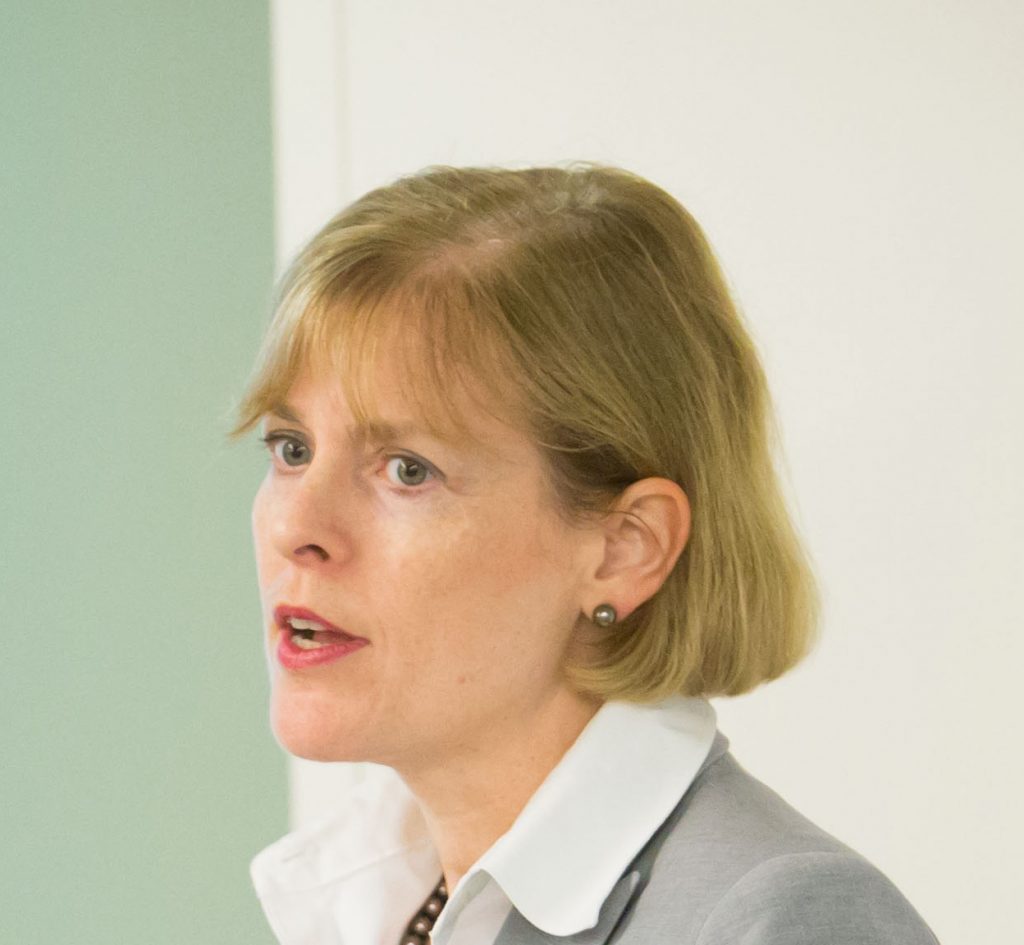Currently the Thomas M. Siebel Professor in the History of Science at Princeton University. She is also the director of the Shelby Collum Davis Center for Historical Studies and previously was the president of the History of Science Society from 2014 to 2015.
She primarily focuses on biomedical research in the 20th century. On the use of radioisotopes in research and medicine, Creager wrote Atomic Life: A History of Radioisotopes in Science and Medicine. She examines how the Manhattan Project’s knowledge and technology were applied in the domains of medicine and biology. Radioisotopes including cobalt-60, phosphorus-32, sulfur-35, and carbon-14 were created at Oak Ridge’s X-10 reactor. The Atomic Energy Commission advocated their application in medicine and biology as “Atoms for Peace” (AEC).
Photo courtesy of the Science History Institute





